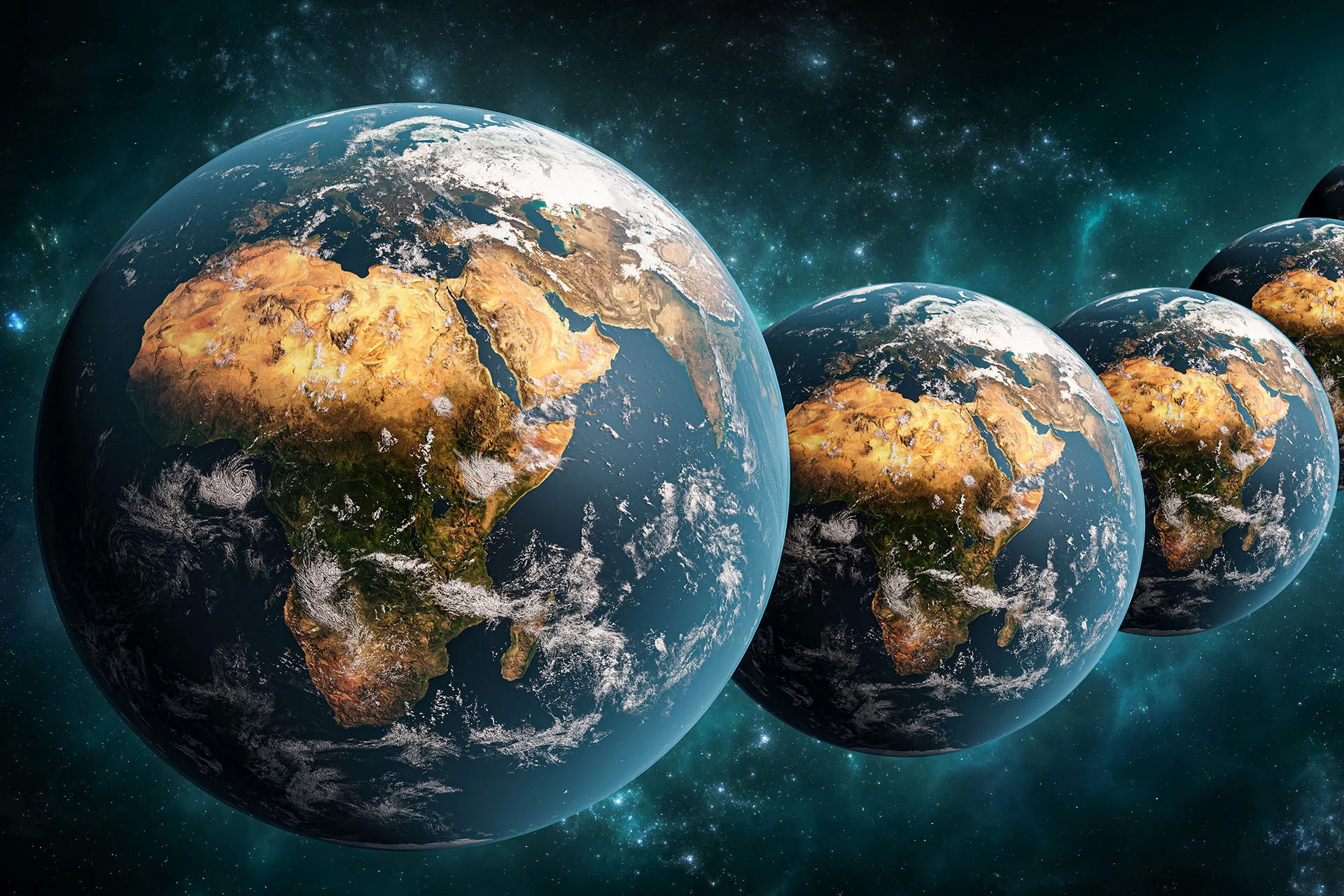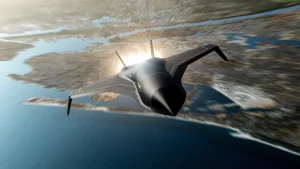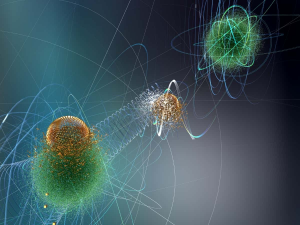In recent years, the idea that there may be multiple universes beyond our own has gained enormous popularity in the film industry. Dr. Strange in the Multiverse of Madness, Spider-man: No Way Home, and Everything Everywhere All at Once are just a few examples of Hollywood’s new obsession with the multiverse. While each of these movies is fiction made purely for entertainment, the concept of a multiverse is actually surprisingly promising in light of recent scientific research. It could explain the mysteries of dark matter and dark energy and answer long debated questions about the properties of black holes. The concept of a multiverse has profound implications for our understanding of the cosmos and would alter both our scientific and philosophical understanding of our own existence.
But why do scientists even think that the multiverse exists in the first place? According to a recent study by astrophysicist Alexander Kusenko of UCLA, the multiverse could be the key to explaining dark matter. Dark matter is matter “composed of particles that do not absorb, reflect, or emit light” (Starchild), so it cannot be seen directly. However, scientists know that it exists because of its effect on the gravity of stars and planets. The exact nature of dark matter has remained elusive for decades, but Kusenko’s theory aims to shed light on its mysterious properties. As the universe expanded rapidly following the big bang, Kusenko believes that a vast number of false vacuums were formed. False vacuums are “bubbles of space that have a higher energy than the space that surrounds them” (Science Focus). These false vacuums are metastable, meaning that they are more or less stable while subjected to no more than minor disturbances. If these vacuums reach a certain mass, “the bubble will rapidly expand, then suddenly contract and collapse into a black hole” (Science Focus). Although they may look like black holes to an outside observer, supporters of Kusenko’s theory believe that inside each of these structures exist an expanding “baby universe”. If this theory is true, then dark matter would just be the gravity of these universes acting upon objects in our own.
But what are some other ideas about what a multiverse could look like? One theory proposed by Nobel Prize winner Sir Roger Penrose suggests that the big bang, and the cosmic inflation that led up to it, occur in an infinite cycle, creating “a constellation of bubble universes” (National Geographic). By arguing the existence of multiple big bangs, Penrose indicates that an infinite number of universes exist, each with different properties from our own. Unfortunately, most universes would be uninhabitable due to their laws of physics being unsuitable for our life. According to British astronomer Sir Martin Rees, “most universes would be sterile because, for example, gravity would be too strong to allow complex structures, or atoms would not be stable” (Space.com). However, the Many-Worlds Interpretation of quantum mechanics suggests that there is still hope for life in other universes. Proposed by physicist Hugh Everett in 1957, the theory suggests that “every time a quantum experiment with different possible outcomes is performed, all outcomes are obtained” (Stanford Encyclopedia of Philosophy). Each possible outcome creates a new reality in which that event occurs, leading to an infinite number of universes. The implication of this is that every time someone makes a decision, several alternate realities are created in which they made different choices. However, the only reality that is perceptible to them is the one they inhabit, meaning they are completely ignorant of their creation of several new universes.
But even if alternate universes exist, there’s no way we’d be able to reach them. Right? Well, that depends on which multiversal theory you subscribe to. If you support Penrose’s theory that there were an infinite number of big bangs then traveling between universes would be impossible (National Geographic). Since each big bang would have created a universe completely separate from the rest, there would be no way of traveling from one universe to another using our current understanding of physics. The same is true of Everett’s quantum physics based theory, except you wouldn’t really need to travel to an alternate dimension since you already exist in multiple of them (Futurism). However, according to Neil DeGrasse Tyson’s Higher Dimensions Theory, there is still hope for multiversal travel. The theory states that “if you come from a universe with higher dimensions, then it could be as easy to move between dimensions as stepping from one room to another” (Futurism). Tyson’s theory is especially compelling due to string theory, which states that our reality is made up of a massive number of “tiny dimensions that humans interpret as everything from particle physics to large-scale phenomena like gravity” (Space.com).
If there really is a multiverse, its discovery would fundamentally alter our understanding of the cosmos. Although there are several theories about what a multiverse might look like, none of them can be definitively proven using our current technology. As stated by National Geographic, a multiverse would be, by definition, “independent from our own universe and impossible to access”, which would make its existence impossible to prove. But even if the multiverse is never discovered, it will continue to be a source of inspiration for movies and entertainment for generations to come.






